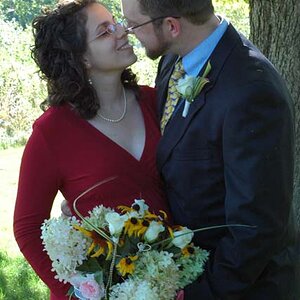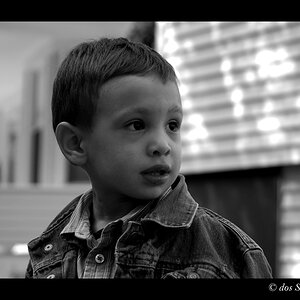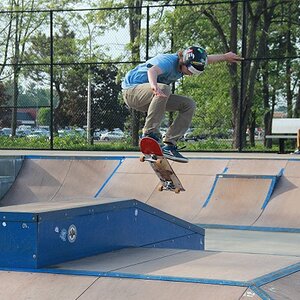- Joined
- Jun 4, 2010
- Messages
- 2,176
- Reaction score
- 1,654
- Location
- Wisconsin, United States
- Can others edit my Photos
- Photos OK to edit
I'm considering buying a Nikkor AF-S 70-200mm f/2.8G. The only thing I wish, is the zoom was longer. I find myself in positions where I need just a little more reach. I've used a 70-300mm, but with it being f/4.5-5.6, I found it just doesn't work for the wildlife photography I want to do (can't get the faster shutter speeds I need in lower light). Plus, I want the better image quality of the 70-200.
Sooooo, I've been looking at teleconverters. I've read that you lose about 1 stop of light with the 1.4x, and 2 stops with the 2x. I'm guessing the 1.7x falls in the middle there... But still preserve the features like AF, VR, ect.
Ok, so I lose light, I get that and can live with it (especially since it will still be f/3.5ish at max zoom, I think), but what about the image quality? Would I lose any sharpness and be wasting the $2000 quality of the lens if I were attaching it to a teleconverter? :raisedbrow:
Any feedback would be greatly appreciated. If anyone has photos taken with this, or similar, setup I'd love to see them if you can post 'em.
Thanks in advance!
Sooooo, I've been looking at teleconverters. I've read that you lose about 1 stop of light with the 1.4x, and 2 stops with the 2x. I'm guessing the 1.7x falls in the middle there... But still preserve the features like AF, VR, ect.
Ok, so I lose light, I get that and can live with it (especially since it will still be f/3.5ish at max zoom, I think), but what about the image quality? Would I lose any sharpness and be wasting the $2000 quality of the lens if I were attaching it to a teleconverter? :raisedbrow:
Any feedback would be greatly appreciated. If anyone has photos taken with this, or similar, setup I'd love to see them if you can post 'em.
Thanks in advance!






 But I think my expectations of it will be realistic now.
But I think my expectations of it will be realistic now. 

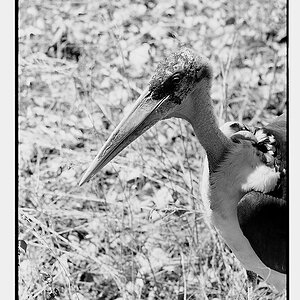
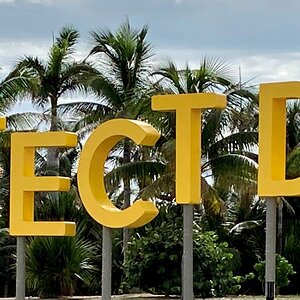
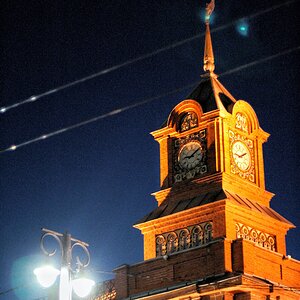

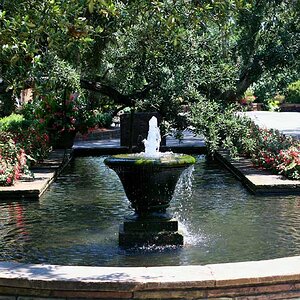
![[No title]](/data/xfmg/thumbnail/33/33489-cc76e5d22658c0f79ccb4ae9d307610d.jpg?1619736003)

